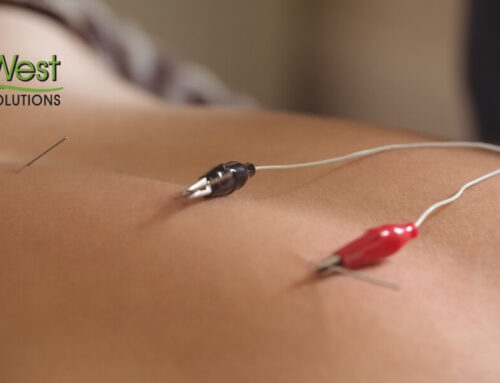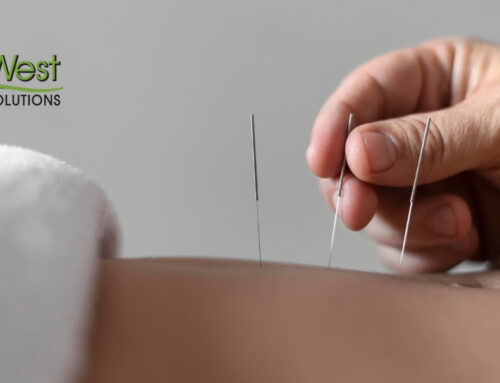Your Yoga beginners guide.
Despite the many years of yoga’s influence and popularity, beginners can often feel a bit apprehensive about getting started because they don’t really know what it’s all about. They understand that it’s extremely effective for the improvement of both mind and body, but some of the basic ins and outs escape them.
Starting yoga is a very simple process, but we understand that it may seem a bit daunting at first. We could spend hours talking about it, but what we’re going to do today is provide you with a short yet comprehensive yoga beginners guide that will look at its biggest benefits, the most common poses, and how to track your progress.
The Benefits of Practicing Yoga
To kick off our yoga beginners guide, it’s important to understand the physical and mental benefits of yoga classes. These are the primary advantages that you’ll quickly discover after you begin:
- Weight Loss — One of the primary reasons that people start doing yoga or any other type of exercise regimen is because they want to burn calories and fat. Yoga has proven very effective in helping millions of men and women lose weight and stay in shape.
- Increase Strength — While yoga doesn’t consist of lifting heavy weights, it’s a great way to strengthen your muscles. It won’t take long before your mind and body both feel stronger than before.
- Better Flexibility — The poses involved with yoga heavily consist of stretches for various parts of your body. Many practitioners will notice that their flexibility has greatly increased in a relatively short period of time.
- Mental Clarity — Yoga is one of the best ways to achieve mental clarity and relaxation. This is done through the use of multiple yoga poses, but is also a result of meditation techniques.
- Reduce Stress — A primary focus of every type of yoga is to learn how to relax your body and mind. These relaxation techniques will help you reduce stress and learn how to react to a stressful situation more effectively.
- Cardiac Health — Any type of exercise is good for your cardiac health, but yoga is especially beneficial. By strengthening your core and reducing stress, for instance, your heart will be stronger and more resilient than ever.
- Back Pain Relief — If you’ve ever suffered from back pain, then you know exactly how debilitating it can be. Thanks to the muscle strengthening and improved flexibility, yoga will provide you with a level of back pain relief.
- Better Sleep — Millions of people suffer from insomnia and sleep deprivation, which is another reason why they turn to yoga. By learning how to relax your body and reduce stress, you’ll have an easier time getting a good night’s sleep.
8 Most Popular Yoga Poses
Everyone knows that yoga poses are the backbone of every regimen. As part of our yoga beginners guide, we’ve compiled eight of the most popular poses:
- Child’s Pose — This pose will gently stretch your lower back, thighs, hips, neck, shoulders, and other areas. It’s often used as a default position before transitioning to the next pose.
- Downward-Facing Dog — This pose strengthens and stretches multiple parts of your body including your arms and hamstrings. Many practitioners use it for back pain relief.
- Cobra — The cobra pose gets you to bend your back, which will help strengthen the muscles and improve spinal flexibility. People with back issues will find this pose very therapeutic.
- Plank Pose — If you’re looking to strengthen your core, you definitely don’t want to skip this pose. And as a bonus, your abs will be more toned as you progress.
- Four-Limbed Staff — Following the plank pose in a sequence called the sun salutation, this allows you to pull off more advanced poses like arm balances and inversions. It strengthens the arms and wrists while toning the abdomen.
- Tree — One of the most well-known poses in yoga, the tree is great for improving your core, spine, ankles, calves, and thighs. This is a fantastic pose for improving balance and posture.
- Seated Half-Spinal Twist — The twisting motion involved with this pose provides better flexibility in your back while stretching your shoulders, hips, and chest. It also does a great job at relieving tension in your back.
- Corpse — This pose can be difficult for some practitioners to pull off, but it’s a great way to enter a relaxing, meditative state. If you have any trouble, just stick with it and you’ll do great.
How to Track Your Yoga Progress
In order to get the most out of yoga and meditation techniques, it’s important that you learn to track your progress. To conclude our yoga beginners guide, here are a few tips that will allow you to do just that:
- Keep a Journal — Using either a paper or online journal to track your progress will make things whole lot easier. You can keep a record of your weekly weight, how well you’re doing on any given pose, and how you’re feeling mentally.
- Ask for Feedback — One of the best things about yoga is that it’s community is extremely supportive. Never be afraid to ask the yoga teacher or a fellow practitioner how it appears that your progress is going.
- Set Target Dates — Whether you’re trying to hit a specific weight loss goal or attempting to successfully pull off a certain pose, try setting a Target date for it. Just be sure that you give yourself a reasonable amount of time and not push yourself harder than you can handle.
- Use Scale or Photos — If your goal is to slim down, then a scale will obviously do the trick. These days, however, taking before and after photos- whether you decide to share them with friends or not – is a great way to track your progress.
Contact East West Healing Solutions to Learn Yoga for Beginners
East West Healing Solutions is the premier yoga studio in Palm Harbor and neighboring areas. If you need any help with the poses we’ve listed above or have any other questions regarding the yoga beginners guide, visit our website or call our team at (727) 216-3972 today.






